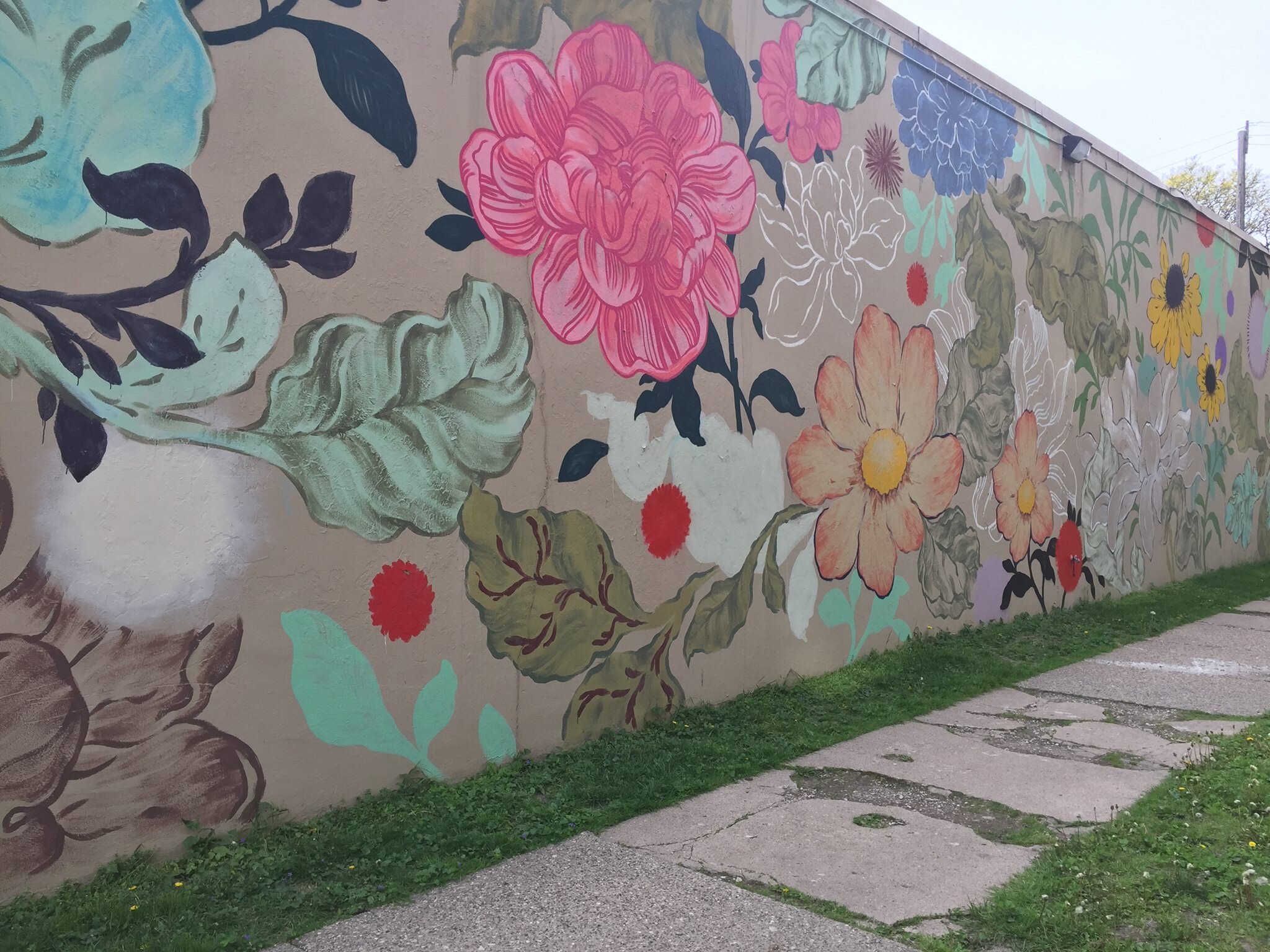The Power of Incremental Change in Detroit (Part 1)
Homes on Iroquois Street, Indian Village, Detroit. Image source.
When I first moved to the east side of Detroit, I was really, really eager to help. So eager, in fact, that I joined the board of the Indian Village Association, the neighborhood association that serves our local historic district.
Indian Village itself is set on about one square mile on the east side of Detroit. Developed beginning in the 1890s, it comprises upper- and upper-middle-class housing that is in varying conditions of maintenance. Today, the market for houses in this area is strong, and prices have skyrocketed, but in years past, they were very accessible.
There were a few reasons for that. In pre-bankruptcy Detroit, there was just much less demand for housing products. There were also fewer services that the City offered, though that is incrementally changing. When I moved to the neighborhood in 2014, it was clear that we needed some further support from the City in terms of helping the neighborhood. And, at the time, my path forward seemed clear: eliminate blight.
A small group from our board, maybe three of us, went forward with documenting building code violations. We drove around and made lists. There was an element of graphomania about it, as we were always finding more to report, and more that needed addressing. We submitted the list to our buildings department, and they came through and wrote tickets.
Our enthusiasm for code enforcement was not shared by the neighborhood. I took the lead on trying to tamp down the opposition, and we had a meeting wherein I tried to make things right, but failed. The three key takeaways from the meeting were as follows:
“You aren’t from here.” I tried the newcomer to Detroit tactic of trying to stress family connections to the neighborhood, but that didn’t do the trick. I wasn’t from Detroit—at least not then—and it showed.
“You don’t know what it’s like to deal with the City.” This came from years of really, really bad experiences with City officials, staff and services. While I worked for the City at the time, I hadn’t been on the receiving end of the City’s shenanigans.
“Why should we take care of our stuff if the City isn’t taking care of their stuff?” By “stuff,” residents were referring to infrastructure. It wasn’t a sentiment that I agreed with, but I understood.
At that meeting, I had to admit defeat and promise residents that we would lay off with the code enforcement. That was really the only outcome, because there just wasn’t the support there that would have sustained City involvement. So, I took what residents gave me, and I listened. They wanted to see things improve, but they wanted to see the things that they wanted changed addressed first.
Starting in 2015, we worked on a variety of projects. We started with restoring our historic light poles instead of just allowing the Public Lighting Authority to rip them out and replace them with ones that were ordered from a catalogue The program was funded by resident contributions, a preservation grant from the state, and collaboration from the Public Lighting Authority.
Mural on Agnes Street: Image credit: The Villages of Detroit (Facebook)
We worked with our Department of Public Works to restore, repair or replace 11.7 miles of sidewalk in the neighborhood, and we did so with an historically appropriate paving material. We worked in collaboration with the General Services Department’s Forestry Division to take out around 40 dead and dying trees, and we planted many more with our Men’s Garden Club. We took a vacant park that previously had consisted of mowed grass and a few trees and partnered with Wayne County and the City to install a playscape that was also supported by resident contributions. We came up with an innovative program that began cleaning out alleys that had been abandoned by residents, utilities, and the City, and we did it with 40-yard dumpsters and Bobcats rather than just rakes, shovels, shears and residents. And when we got done with alleys, we partnered with DTE, our local utility, in order to have them trim back the branches from the electric lines, and then with Detroit Water and Sewerage Department to fix sinkholes.
I could go on about speed humps, filling potholes, getting storm drains fixed, doing work on fire hydrants, and every other tactical intervention we made in order to tighten up the neighborhood and get the City to take care of their “stuff.” Those things all happened. And when they did—when residents saw me tossing debris out of their alleys and into dumpsters; when they had seen me work for months getting them new sidewalks; when, after about three years, the fruits of our labor were finally getting some traction—people began to trust us more.
There was buy-in. There was buy-in because instead of one individual coming in and imposing their will on a neighborhood, we paused, listened, course corrected, and gave the residents what they wanted.
We are only just now getting back to code enforcement in Indian Village. I will write more about it in Part Two tomorrow. But setting the stage for this was as important, and in some ways, more important, than just the code enforcement itself.
Cover image via The Villages of Detroit (Facebook)
About the Author
Mac Farr is the executive director of the Villages Community Development Corporation, a position he has held since 2015. Originally from Jackson, Michigan, attended Michigan State University’s James Madison College. He returned to Michigan in 2012, after nearly a decade in New York. After a stint in local politics during the period City’s bankruptcy in 2013-14, he started to push for reforms to neighborhood policy in Detroit.



